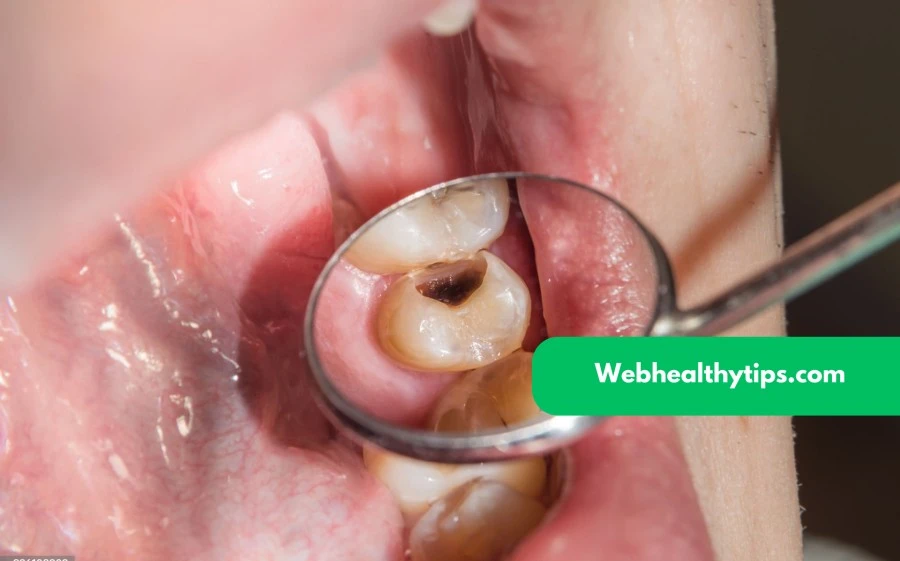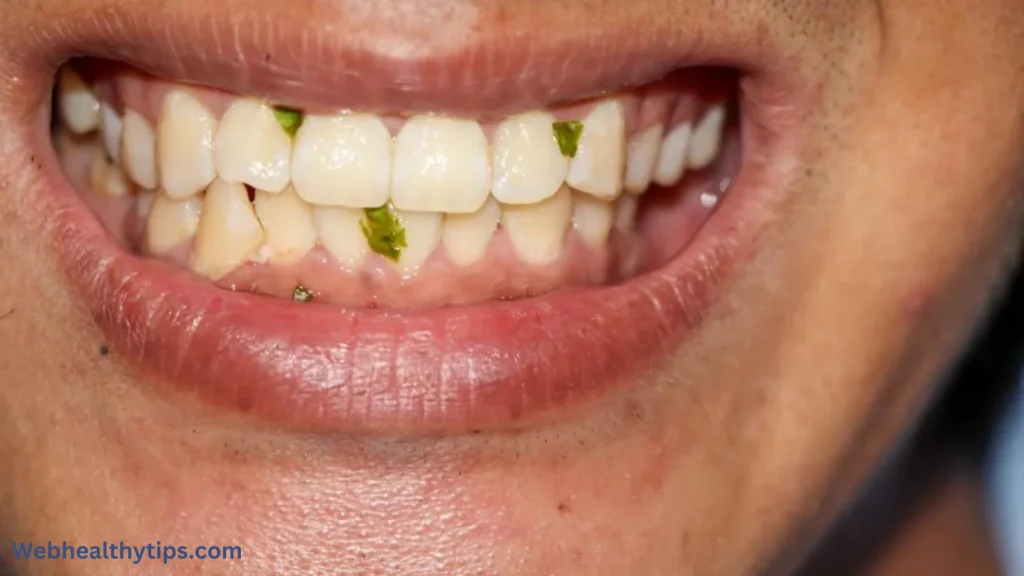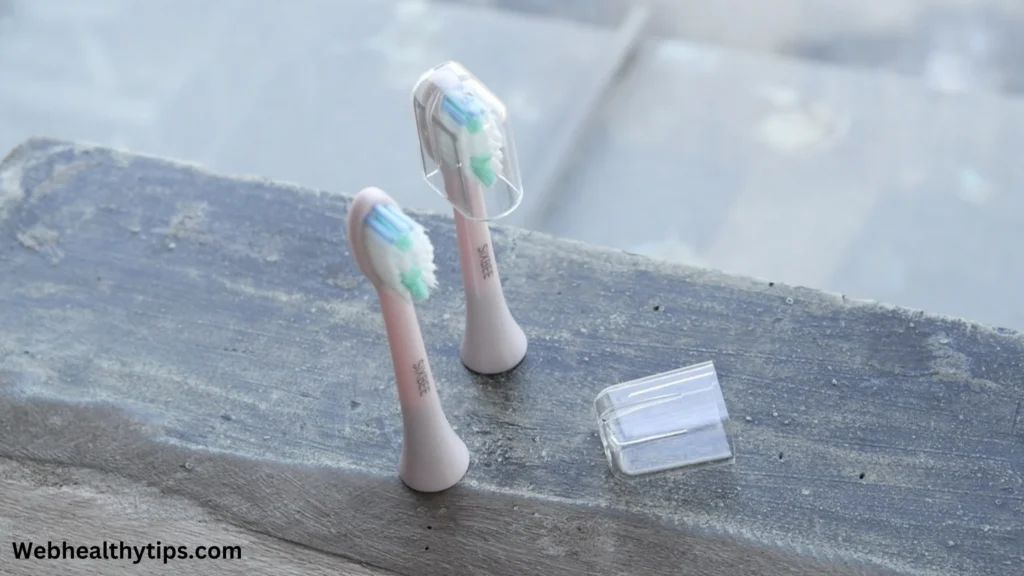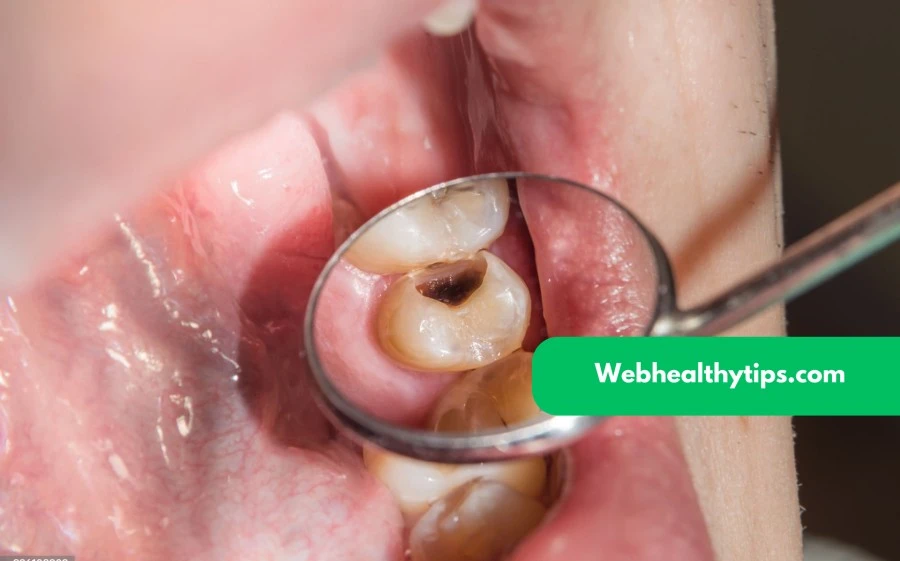Dental caries, another name for cavities, are among the most prevalent oral health problems in the world. Understanding the symptoms and prevention of cavities is essential for maintaining long-term oral health. This article will go into the causes of cavities, how they appear, and preventative measures you can take.
A Cavity: What Is It? And what does it look like?

A cavity is an opening or hole created by dental decay in the enamel, the tooth’s strong outer covering. The process starts when the acids that break down the enamel are produced by oral bacteria. The layer of tissue beneath the enamel, called dentin, may eventually be harmed by an untreated cavity that has spread farther into the tooth. If this happens, it may eventually reach the pulp of the tooth, which might result in discomfort, infection, or even tooth loss.
How Does a Cavity Appear?
If you have a cavity, early detection can help you receive treatment before the condition worsens. Here’s how to recognize the many cavities stages:
- Initial Stage: White Areas A cavity may first show up as tiny white spots on the surface of the tooth. These patches show that acid attacks have caused the enamel to become less mineralized. Even while there might not be any pain or obvious signs at this point, taking the right care of yourself might help reverse the damage.
- Stage Middle: Brown or Black Difficulties The cavity may eventually cause brown or black patches on the tooth. There’s a chance that the tooth surface will become harsh to the touch and that certain places will get discolored. This indicates that more enamel erosion is occurring, necessitating prompt medical attention.
- Stage Advanced: Hole Visible Cavities can show up as pits or holes in the tooth in more severe cases. The afflicted area could feel hot or sensitive to sweet meals. If the cavity is not filled, it may become larger and compromise the structural integrity of the tooth.
- Severe Decay: Inflammation and Pain When cavities reach their advanced stages, they can result in severe tooth decay, which can hurt, infect, and enlarge the gums. This frequently means that the cavity has spread to the tooth’s pulp, harming the nerves and necessitating a more involved procedure like an extraction or root canal.
Reasons for Cavities

A number of things, such as bacteria, sugary diets, inadequate dental hygiene, and low fluoride levels, can lead to cavities. Understanding these causes will help prevent cavities from forming.
- Bacterial Plaque: Your teeth are continuously covered with a sticky layer of bacteria. Eating foods high in sugar or starch causes the bacteria in plaque to release acids that erode enamel, causing cavities.
- Bad Dental Hygiene: When plaque builds up due to infrequent brushing and flossing, cavities are more likely to occur. To stop decay, it’s imperative to practice good dental hygiene every day.
- Regular Snacking on Sugary meals: Eating acidic or sugary meals on a regular basis might raise the quantity of acid that erodes the enamel on your teeth.
- Dry Mouth: Saliva is essential for removing food particles and neutralizing acids. You have an increased risk of cavities if you have dry mouth as a result of medicines or other medical conditions.
- Absence of fluoride: Fluoride is a mineral that fortifies enamel and guards against deterioration. Too little fluoride increases the risk of cavities in your teeth.
How to Avoid Cavities

Treatment is never preferable to prevention. You can lower your chance of getting cavities by adopting good oral hygiene habits and leading a healthier lifestyle.
- Floss and brush Frequently
One of the best strategies to avoid cavities is to brush your teeth with fluoride toothpaste at least twice a day. Make sure you brush your teeth thoroughly on all surfaces with a toothbrush with soft bristles. Make sure you brush for two minutes every time, paying particular attention to the rear molars and other regions that are prone to decay.
Daily flossing helps get rid of food particles and plaque that a toothbrush could miss in the spaces between your teeth and along the gum line. This reduces the likelihood of cavities forming in hard-to-reach areas.
- Use mouthwash and toothpaste with fluoride.
Maintaining strong enamel and preventing cavities require fluoride. Select fluoridated toothpaste, and for added protection, think about using a fluoridated mouthwash. Fluoride strengthens and remineralizes weak enamel, increasing its resistance to deterioration. - Eat Less Acidic and Sugary Foods
Sugary foods and beverages feed oral bacteria, which produces acid that erodes tooth enamel. Eat refined sugar-rich foods in moderation, such as cookies, candies, and soft drinks. Furthermore, over time, acidic foods and drinks like soda, coffee, and citrus fruits can erode enamel. After taking these foods, wash it down with water to balance the acidity. - Adopt a Well-Balanced Diet
Overall oral health is enhanced by a vitamin and mineral-rich, well-balanced diet. Almonds, dairy products, and leafy greens are among the foods strong in calcium and phosphate that help strengthen teeth. Crunchy fruits and vegetables, such as carrots and apples, also increase saliva production, which aids in washing away acids and food particles. - Sip a Lot of Water
It’s essential to stay hydrated throughout the day by drinking water to encourage salivation and avoid dry mouth. Saliva is essential for tooth protection because it neutralizes acids and removes debris from the teeth. After a meal, drinking water can help wash away the acids and sugars that might cause cavities. - See a dentist Frequently
Frequent dental examinations are necessary to detect any early indications of tooth decay and to avoid cavities. In order to eliminate plaque and tartar buildup that you might have missed during your regular brushing and flossing, dentists can offer professional cleanings. For added protection, particularly for kids or people who are more likely to get cavities, they can also apply fluoride treatments or dental sealants.
Cavity Treatment Options

If a cavity does develop, it must be treated right away to save the tooth from additional harm. These are typical course of treatment options:
- Dental Fillings: When a cavity is discovered early on, a dentist can extract the damaged tooth material and replace it with amalgam or composite resin. Fillings stop more deterioration while restoring the tooth’s structure and functionality.
- Dental crowns: A crown could be required if a larger cavity has undermined the tooth. A crown is a cap that covers a broken tooth to protect and strengthen it.
- Root Canal Therapy: A root canal may be required if the cavity extends to the tooth’s pulp, resulting in infection or nerve damage. The dentist cleans the root canals, extracts the infected pulp, and seals the tooth with a crown or filling during this process.
- Tooth Extraction: If a tooth is severely damaged and cannot be restored, extraction may be necessary. After that, a bridge or implant may be used to replace the lost tooth.
Preventing Cavities in Children

Children are especially susceptible to cavities because they may not have formed good brushing and flossing routines and because they frequently eat sugary snacks. Here are some pointers to help kids avoid cavities:
Instill proper dental hygiene practices in children early on. Make sure kids brush and floss their teeth every day.
- Promote nutritious snacks like fruits and vegetables in place of unhealthy ones.
- For added decay protection on children’s molars, think about dental sealants.
- For thorough cleanings and early cavity identification, routine dental visits are crucial.
In summary
Although cavities are a frequent dental issue, they can be largely avoided. By seeing your dentist on a regular basis, maintaining good oral hygiene, and eating a balanced diet, you can keep your teeth strong and free of disease. Being aware of how a cavity appears at different stages of development can enable you to take action before the cavity gets worse. Use these cavity prevention techniques to keep your teeth healthy for many years to come.
